Source: tvN Signal
If you've watched the Korean drama Signal, you may remember the horrible bridge collapse scene. Did you know that it was actually based on a true event?
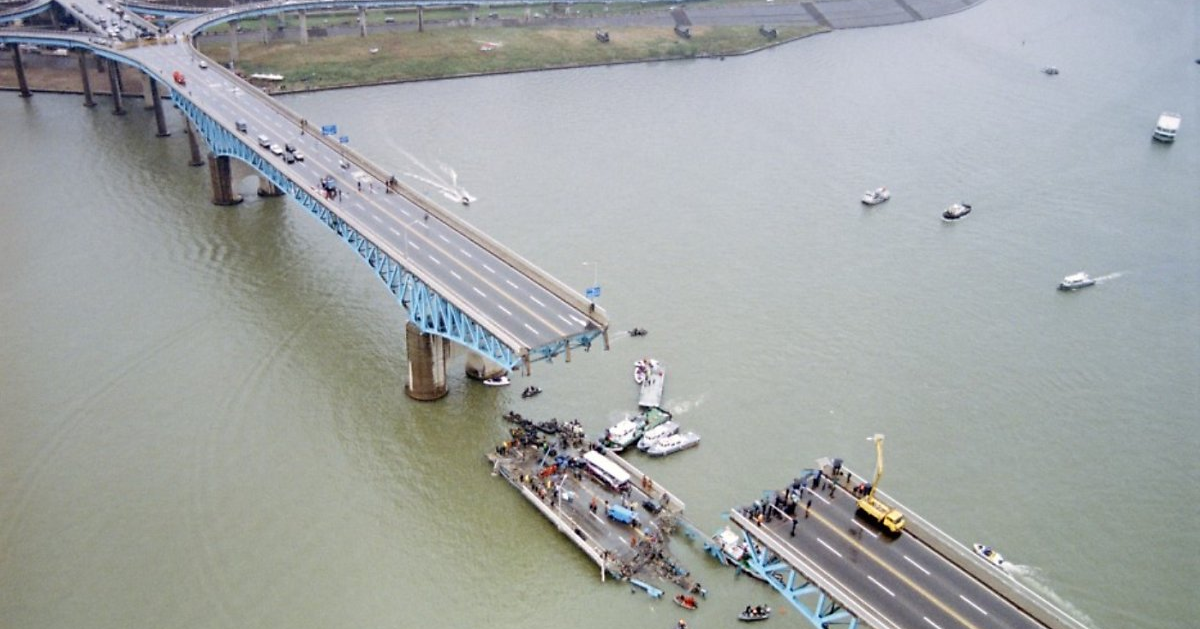
27 years ago, Korea was hit by a huge tragedy. On October 21, 1994, Seongsu Bridge collapsed over the Han River and killed 32 people.
Let's learn more about this unforgettable catastrophic event in Korean history.
Details Of The Seongsu Bridge Collapse
Time: 07:38
Date: October 21, 1994
Casualties: 32 people died and 17 were injured.
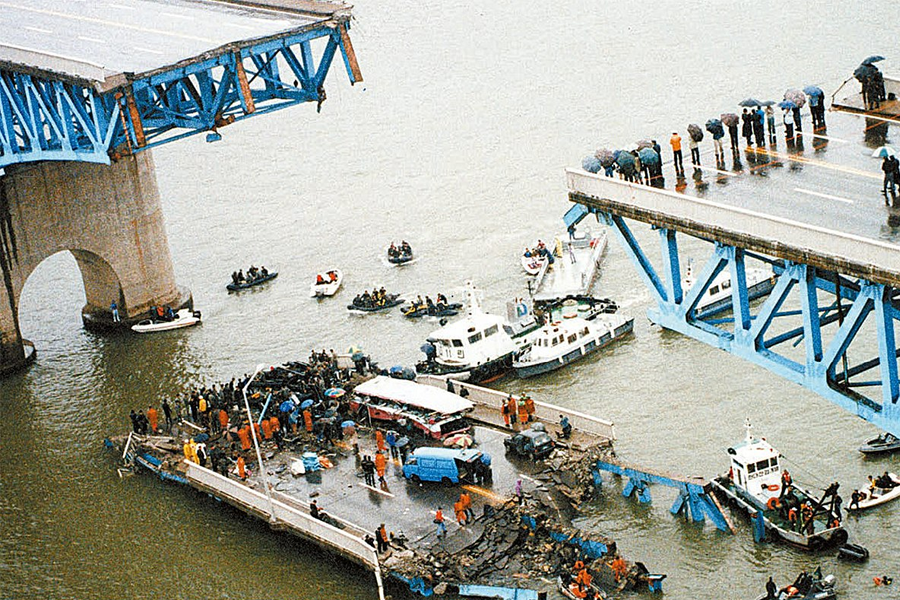
27 years ago, on October 21, 1994 at 7:38 a.m., there was an accident between piers 10 and 11 of Seongsu Bridge. This is one of the bridges over the Han River that connects the Seongdong and Gangnam districts. A van, 2 cars, and a No.16 bus fell down into the river due to the sudden collapse of the bridge.
One car fell while on top of the portion that collapsed, but other cars and buses that fell afterwards were not so lucky.
 Source: Youtube Leepyeongsu
Source: Youtube Leepyeongsu
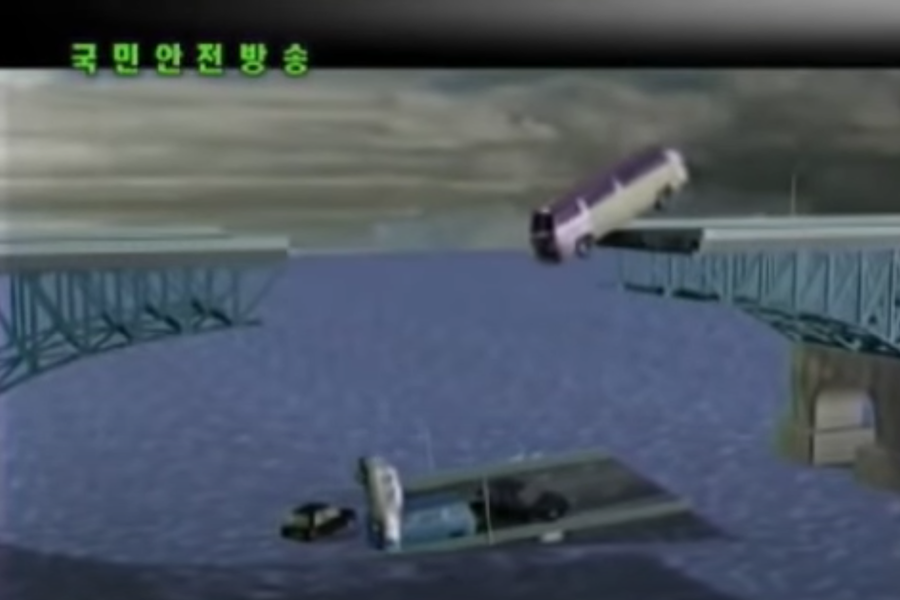 Source: Youtube Leepyeongsu
Source: Youtube Leepyeongsu
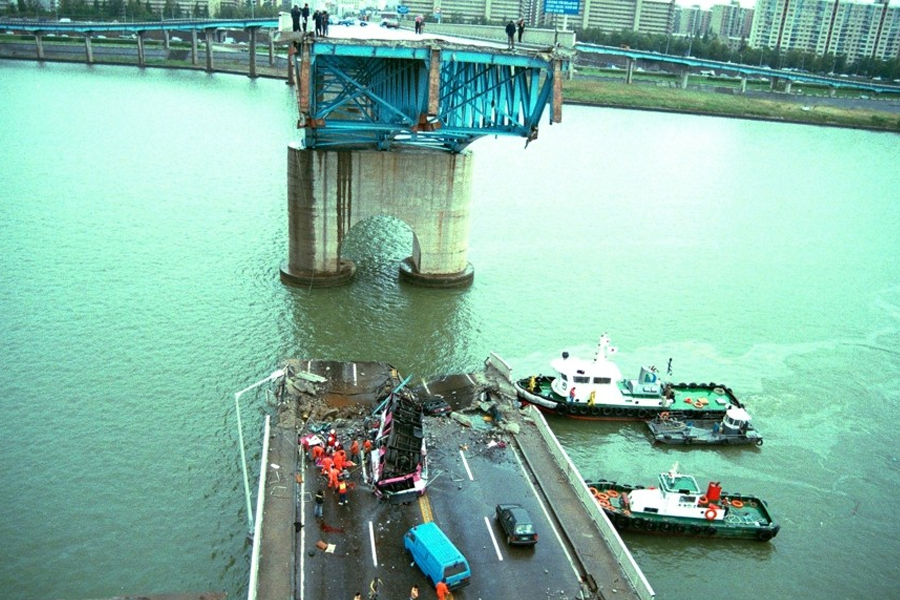
Two cars fell from the broken portion of Seongsu Bridge and sank into the river. Meanwhile, the No.16 bus, which fell from a height of about 50 meters, hit the collapsed portion of the bridge with so much force that it crumpled. This resulted in serious injuries to students and passengers in the bus. The number of deaths from the single bus reached 29.
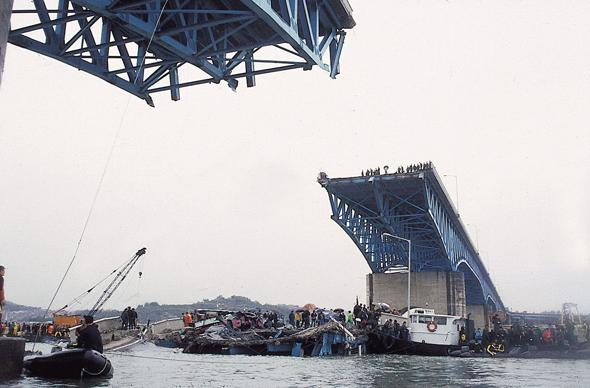
At the time of the accident, a vehicle full of volunteers survived and after assessing the situation, they immediately rushed to help to avoid further deaths and injuries. Their actions later received overwhelming praise from the government and the Korean people.
How Did The Seongsu Bridge Collapse?
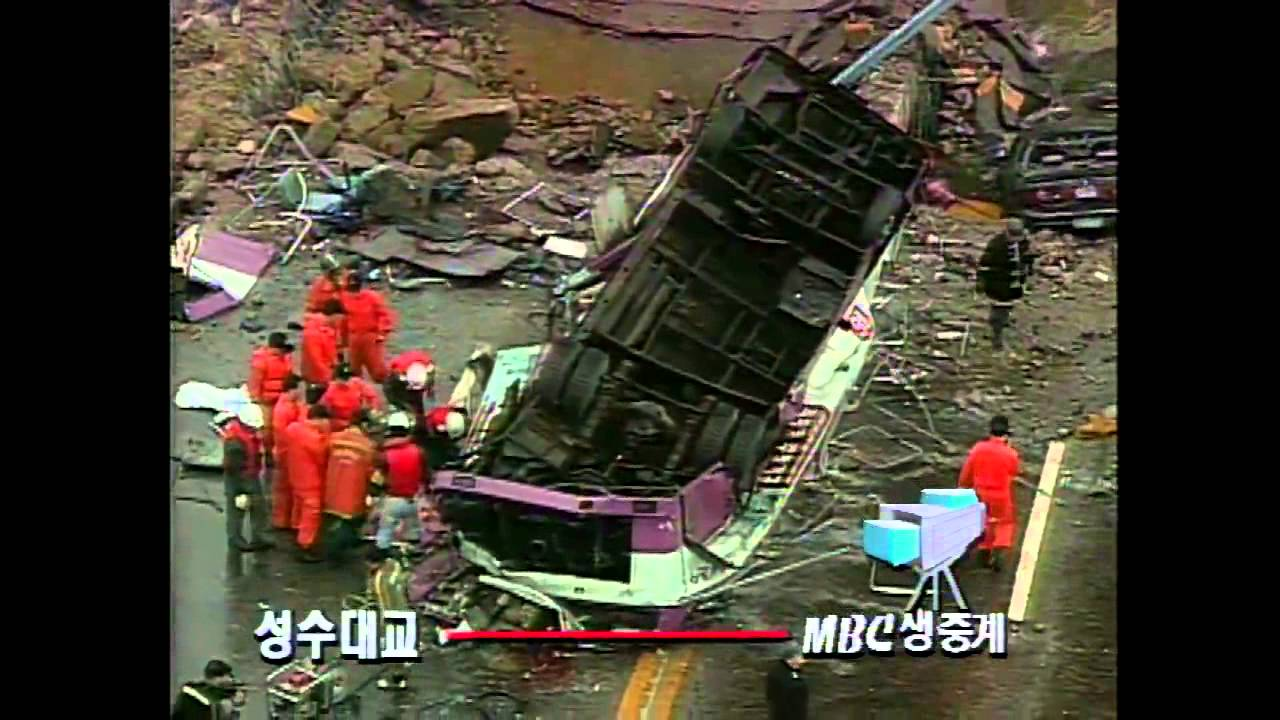 Source: Youtube 실화 On
Source: Youtube 실화 On
The beam-based bridge construction method was used for the construction of Seongsu Bridge. But at the time of construction, the structure of the beams, the welding and the corner-work of the bridge were all neglected, and eventually, the faulty welds and deformed, rusty bolts led to the Seongsu Bridge's collapse.
On the night before the bridge collapsed, some people noticed that the road on Seongsu Bridge was cracked, but the tragedy came so quickly and suddenly before anyone could respond, taking 32 precious lives at once.
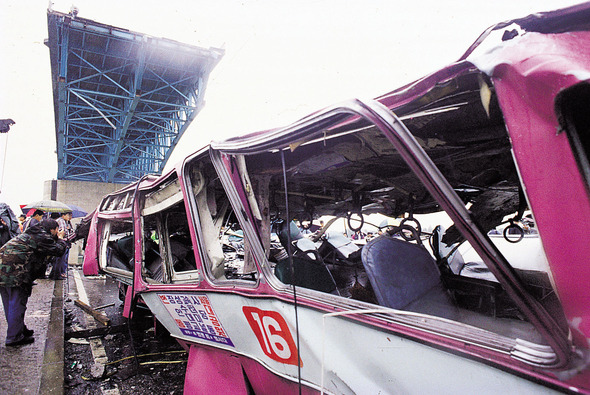
The weight capacity of Seongsu Bridge was about 32.1 metric tons. However, since 1993, traffic had been rapidly increasing since the opening of the expressway linking Seongsu Bridge and Uijeongbu District in eastern Seoul.
Despite the increase in traffic, no extra safety measures taken, resulting in the repeated overloading of Seongsu Bridge, which contributed to its collapse.
In this incident, a total of 32 people were killed with 29 being bus passengers. Casualties include nine high school students, one Seoul National University student, and one foreigner. It was a huge event that was covered internationally and it made a major impact on the construction industry and South Korea's image.
Response To The Incident
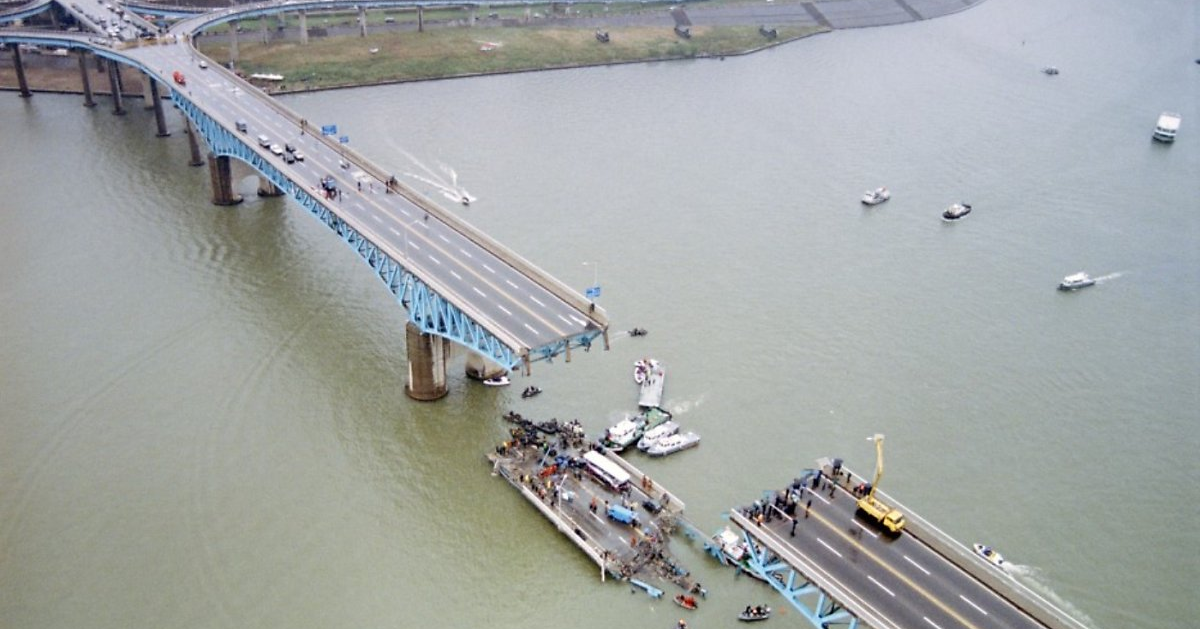
After the disaster, the Seoul Metropolitan Government established a countermeasure headquarters and launched rescue operations. In addition to land and sea rescue, it redirected traffic and blocked access to Seongsu Bridge and rerouted traffic to the nearby Yeongdong Bridge and Dongho Bridge.
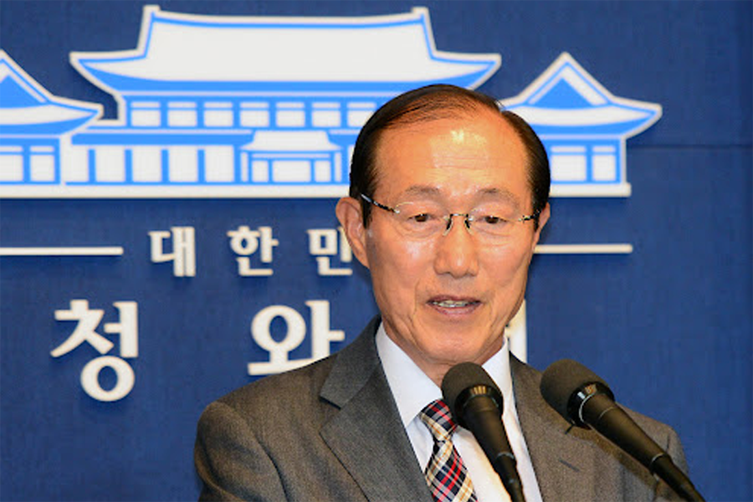 Former Mayor of Seoul, Lee Won-jong
Former Mayor of Seoul, Lee Won-jong
At around 7:00 p.m. on October 21, 1994, 12 hours after the incident, the then President, Kim Young-sam, forced the Mayor of Seoul, Lee Won-jong to step down as a punishment and a sign of the government taking responsibility. Although some people questioned whether this was a political act, Lee Won-jong was eventually removed from office.
Not only did it help ease public frustration and complaints, but Lee Won-jong also became one of the few regional mayors dismissed by the president.
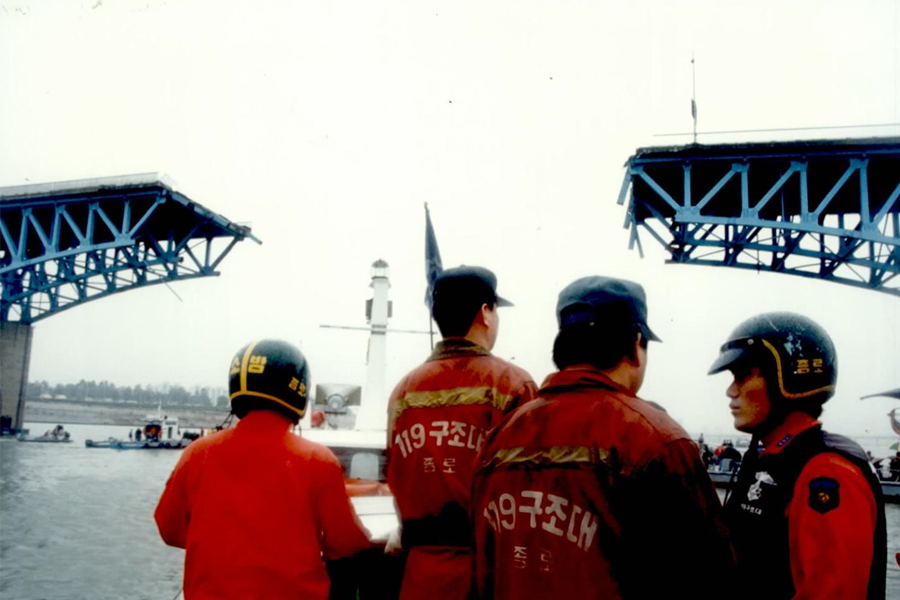
The Korean government began to inspect and plan to repair the bridge, but as the structural weaknesses made it impossible to repair, it eventually had to be demolished and rebuilt. The design of the new bridge was completed on August 15, 1997, and it tried to maintain as much resemblance as possible to the bridge's original design.
The restoration process of Seongsu Bridge was discussed by various groups at the time, with people from the Korean civil engineering community suggesting effective ways for the improvement and restoration of the bridge in response to the previous structural defects.
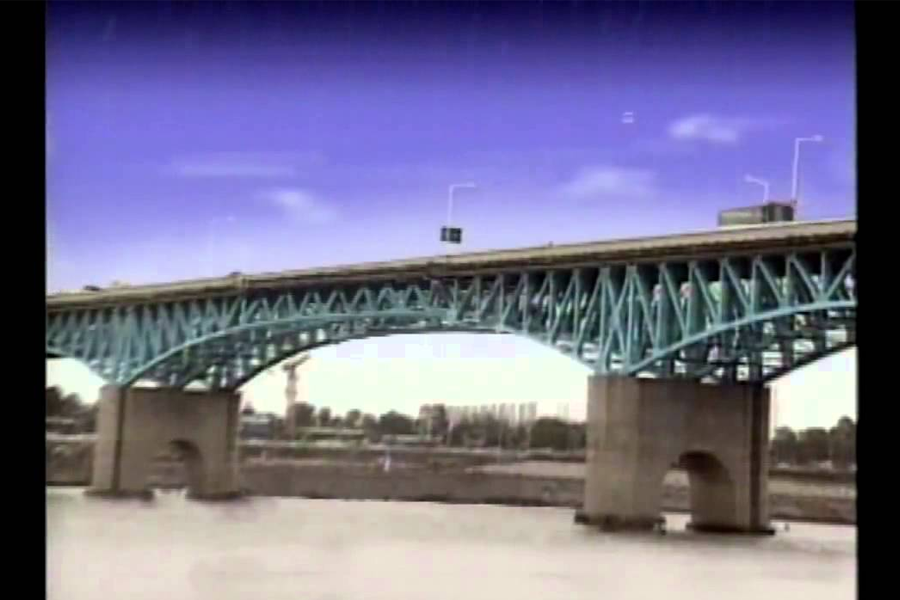 Seongsu Brige before collapse (Source: Namuwiki)
Seongsu Brige before collapse (Source: Namuwiki)
However, apart from the the publics doubts about the construction of the bridge, because the collapse took so many lives, it was hard for the public to forget. Therefore, it was difficult for the public to trust the rebuilding of the bridge.
So, Seoul began hiring more modern construction companies on April 26, 1995 to speed up the recovery of its national image and show responsibility for the incident.
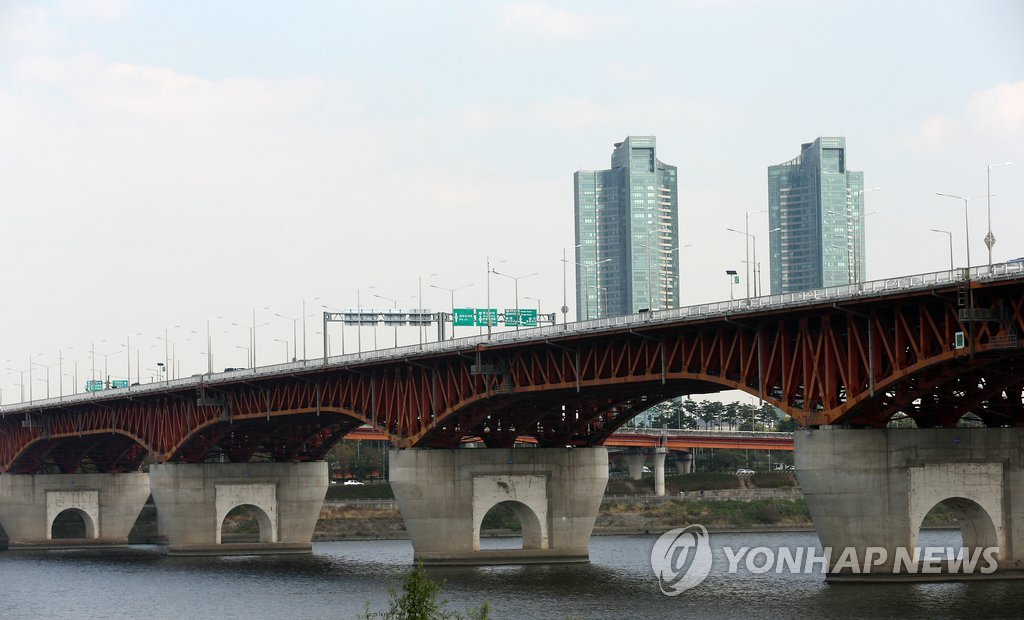 Present day Seongsu Bridge (Source: Yonhap News)
Present day Seongsu Bridge (Source: Yonhap News)
In July 1997, Seongsu Bridge was reopened. However, due to further expansion plans, all construction work was officially completed in 2004 and became the Seongsu Bridge you see today.
Hopefully, you learned a little more about this horrible event in Korean history. Let us know if there are any other posts you would like to see and see you next time!

